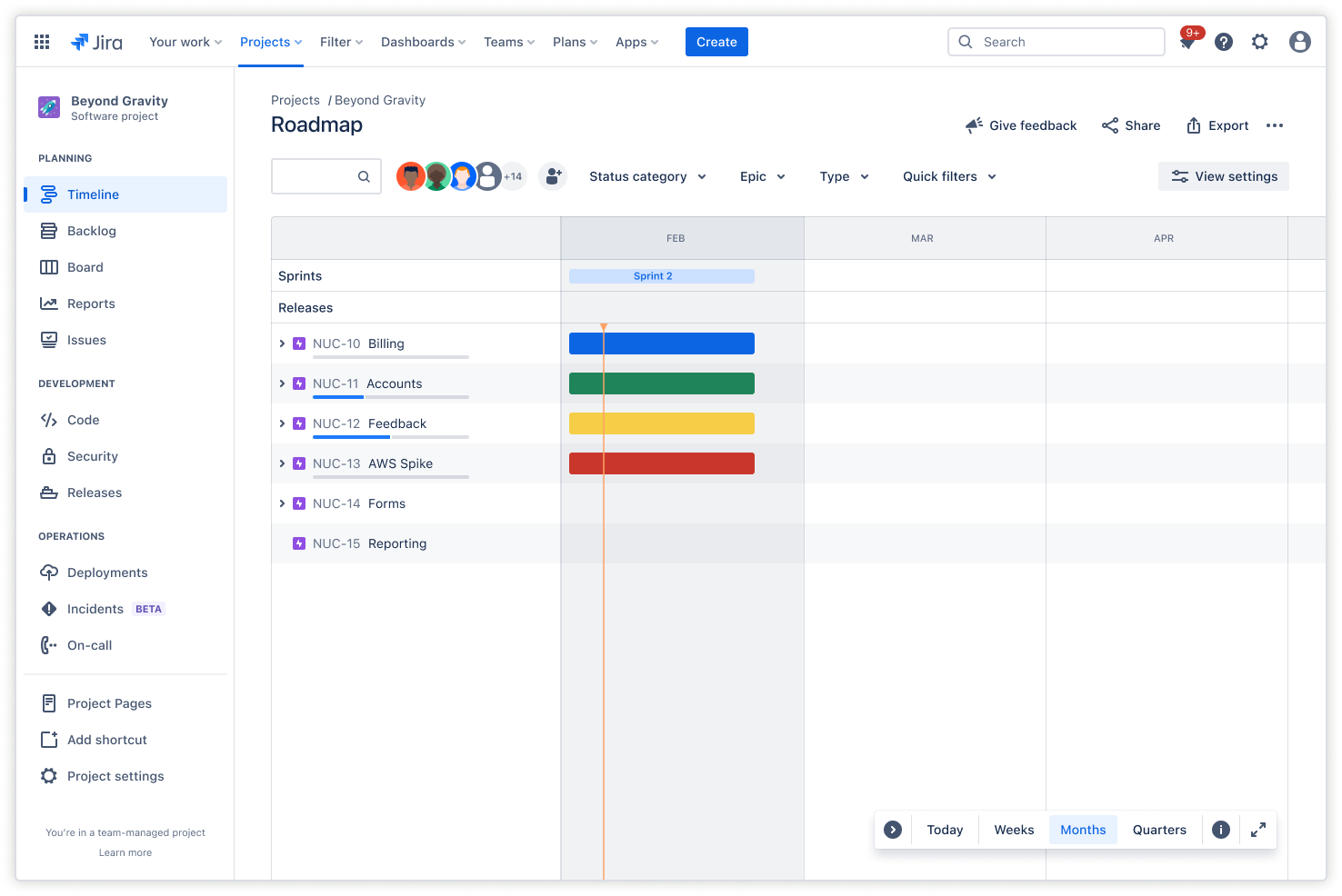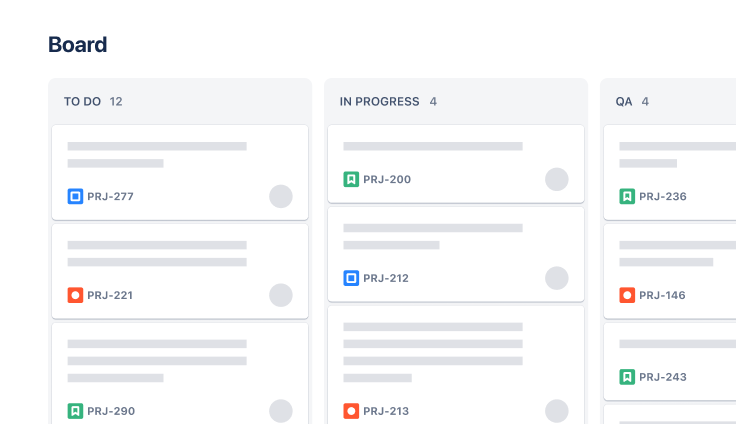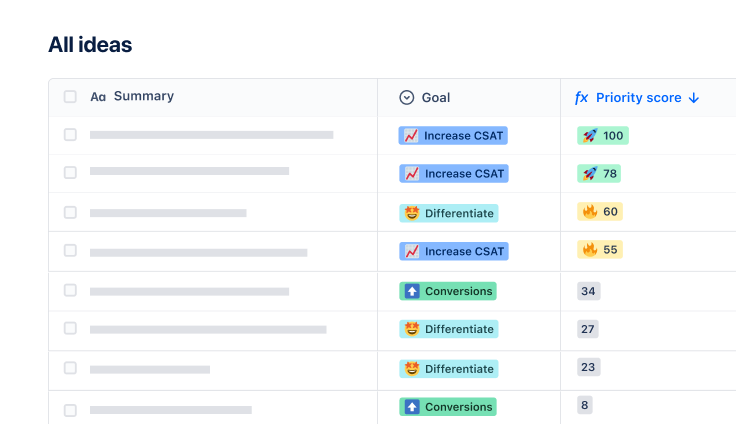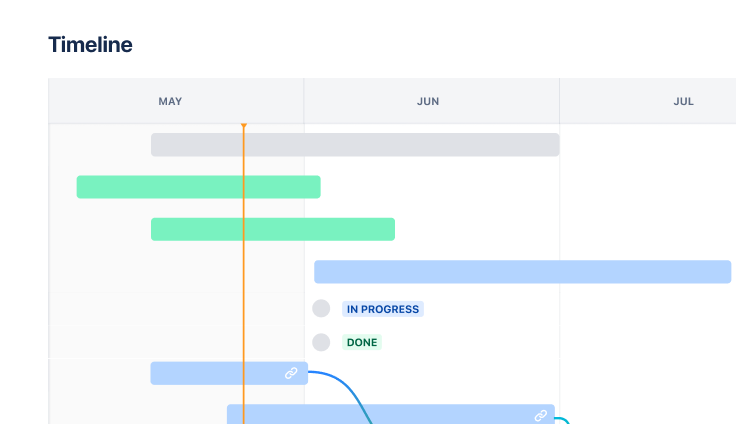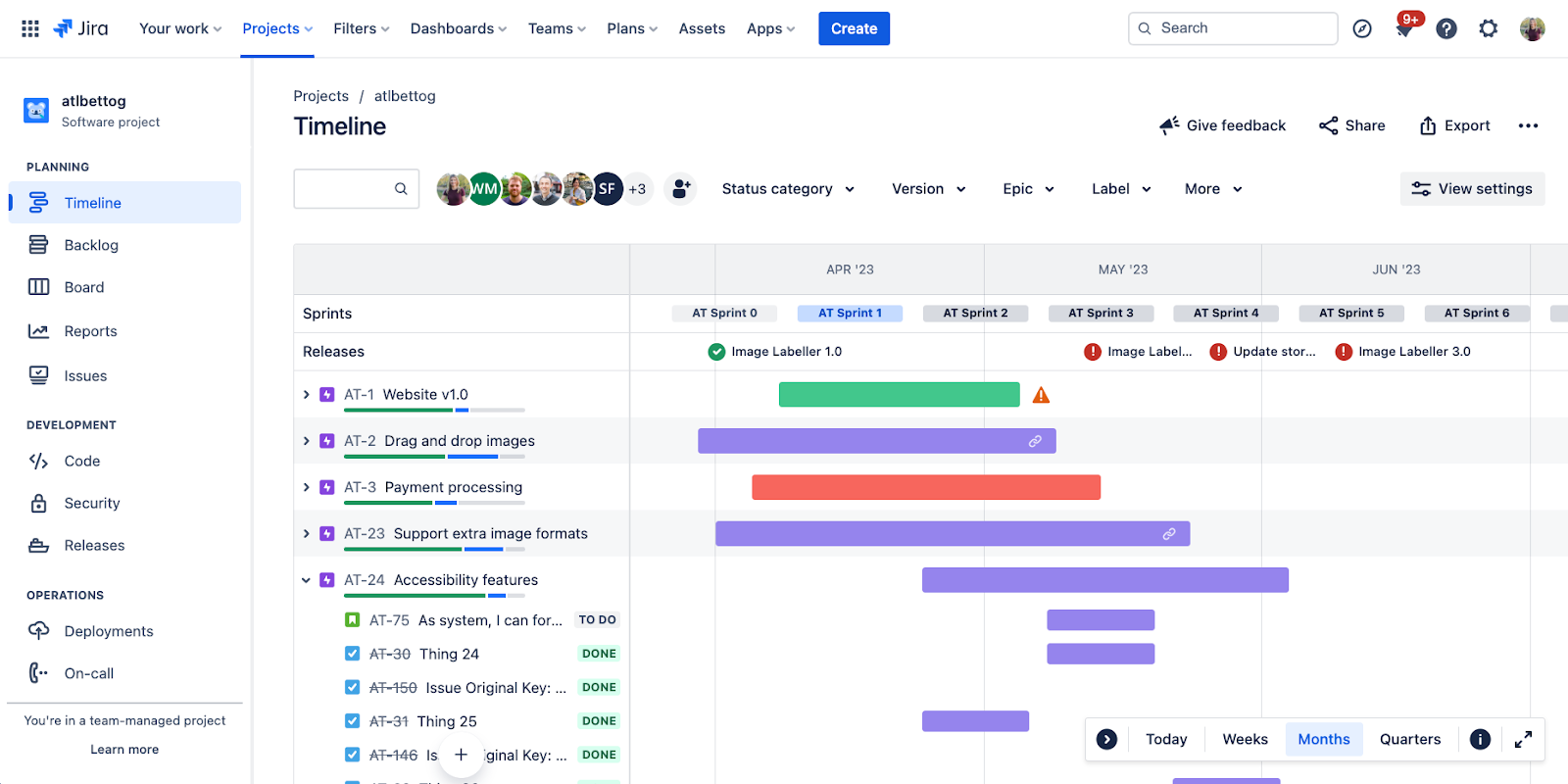
Agile roadmap template
An Agile roadmap template provides a clear, real-time view that enables teams to collaborate, schedule, and adjust strategic objectives leveraging the Agile methodology.
best for
Project management
Software development
key features
Task planning
Prioritization
Pipeline management
What is an Agile roadmap template?
Visual representation
An Agile roadmap template visually outlines the strategic direction, priorities, and planned activities for an Agile project or the product development process. Project managers often create visual representations such as timelines or Gantt charts that use different elements such as bars or color-coded segments. The timeline may show iterations or sprints along with their corresponding goals, which can help team members and stakeholders track progress and understand the sequence of activities.
Dynamic planning tool
Teams can quickly adjust to changing requirements while focusing on primary goals. This helps promote transparency, collaboration, and stakeholder alignment.
Structured framework
An Agile product roadmap template is a structured framework that articulates the product’s purpose and desired outcomes for the entire development process. It helps:
- Align teams and stakeholders with the product’s long-term goals and objectives.
- Coordinate iterative plans, feature prioritization, and milestone sequencing.
- Enable focused and strategic decision-making.
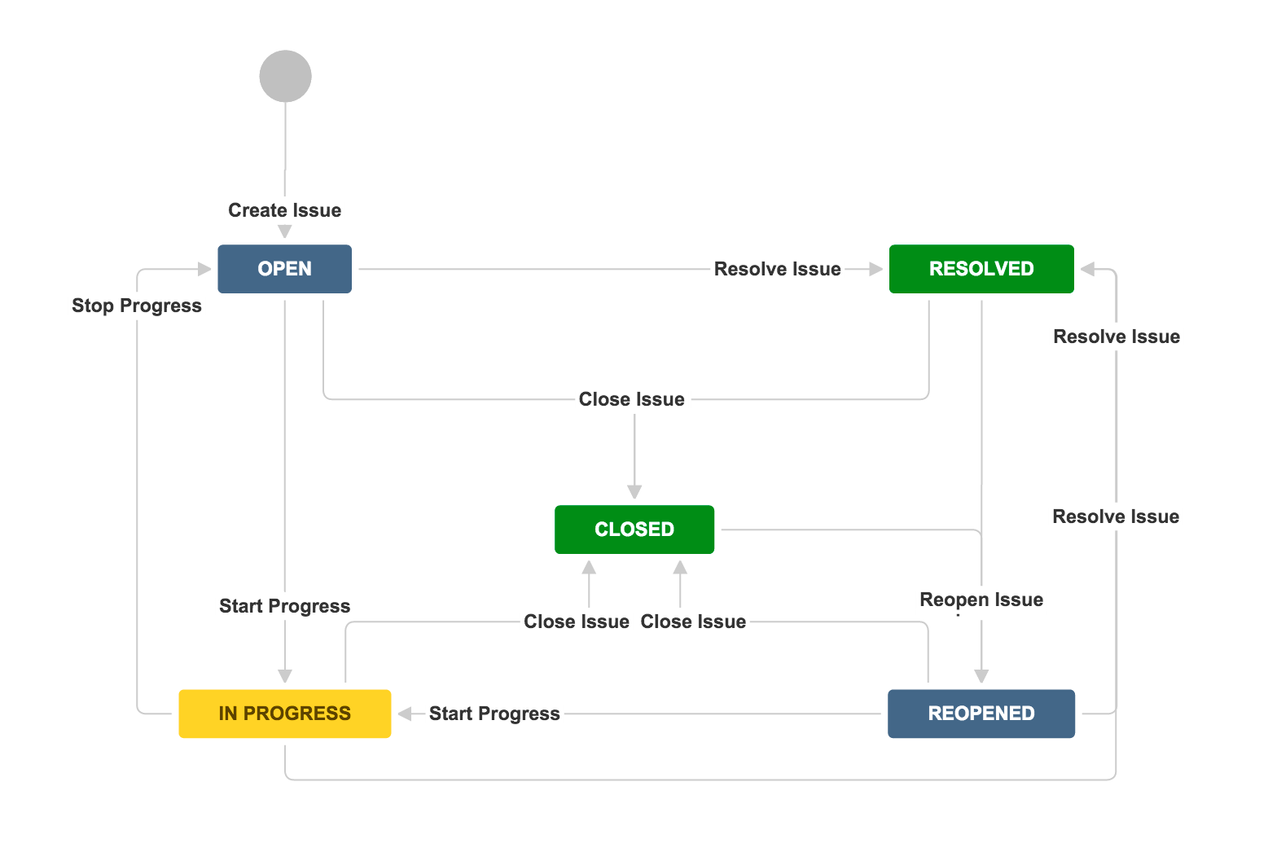
Backlog refinement
An Agile roadmap template enables backlog refinement by allowing teams to update and prioritize their product backlog in response to feedback, evolving requirements, and shifting priorities. The roadmap facilitates sprint planning by breaking the prioritized backlog into smaller, manageable tasks, allocating them to specific sprints, and providing a visual guide for the team's focus and progress within each iteration.
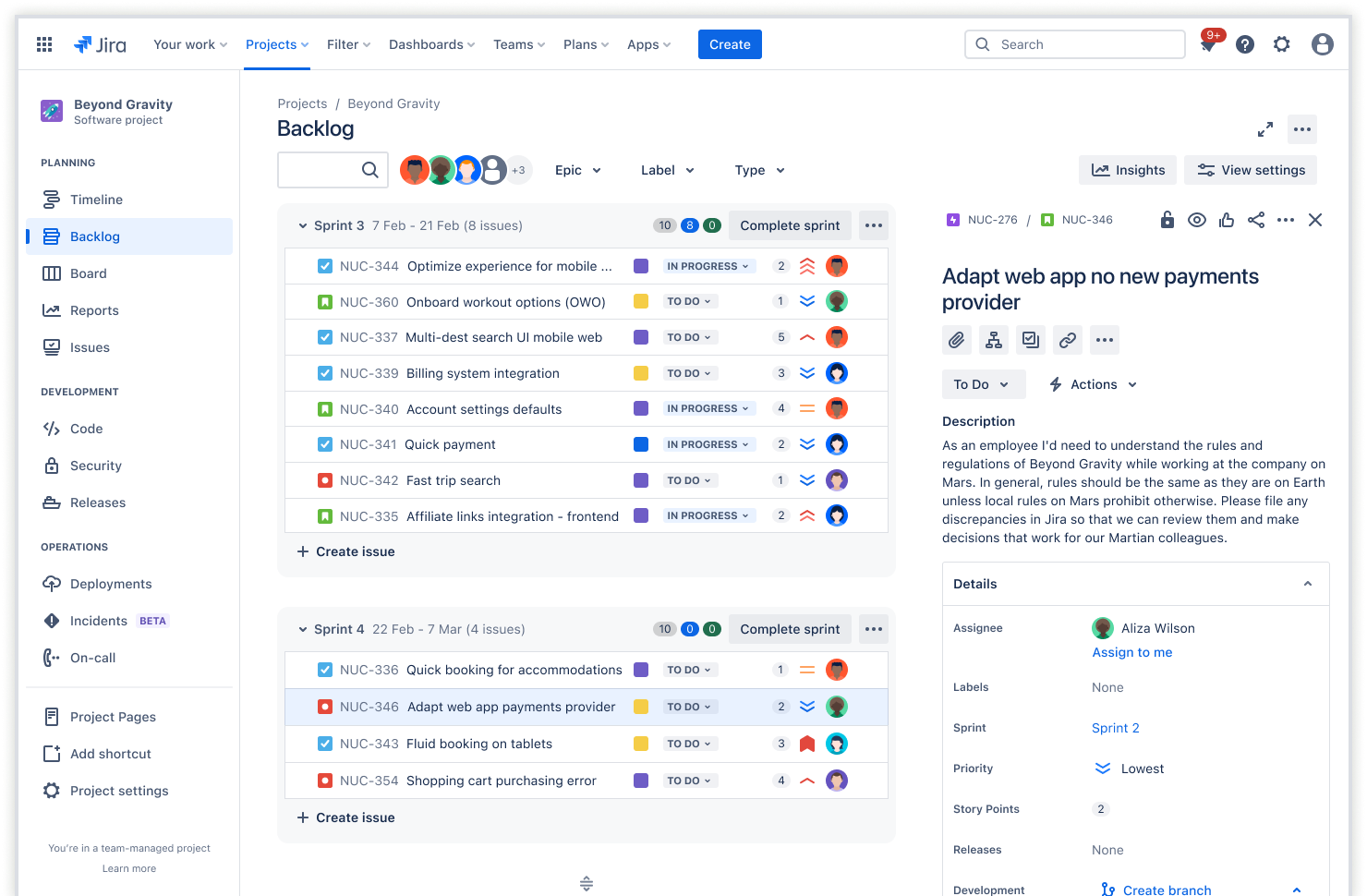
Sprints
This template helps with sprint planning by dividing the backlog into smaller, more manageable tasks tailored to specific sprints. These templates help to ensure sprint objectives align with project goals, enable visualization of incremental steps, and promote a more coordinated effort during sprint planning. By aligning sprint objectives with project goals, teams can visualize the steps needed to achieve goals and ensure everyone involved in the planning process is working toward the same objectives.
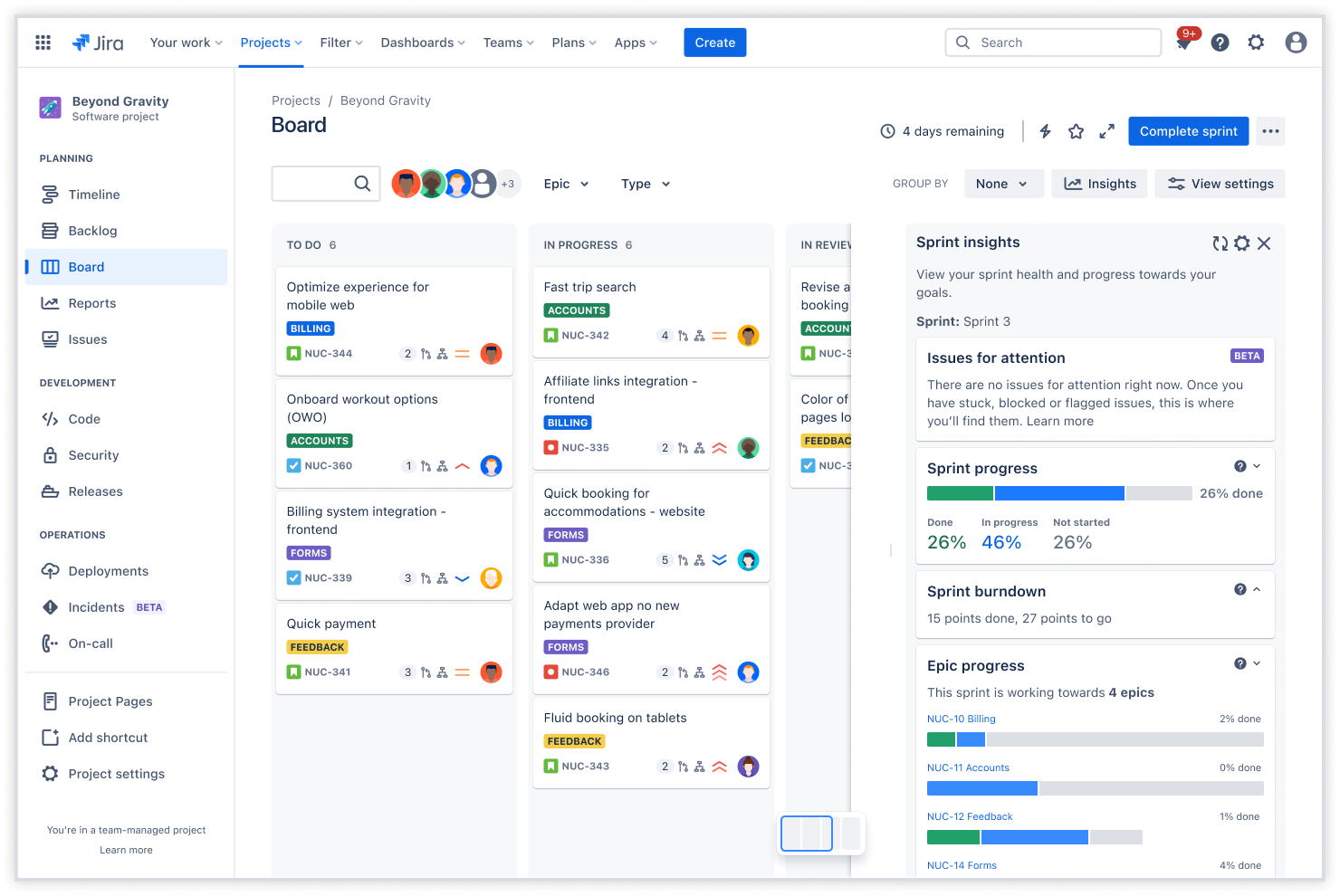
Timelines
Create an interactive timeline by adding epics and mapping work items, dependencies, and releases. Timelines visually represent a project's progress over time and keep your teams and stakeholders in sync. During retrospectives, timelines provide a historical overview of the project's phases, milestones, and key events. They offer a concrete reference point for teams to reflect on what worked well, where challenges arose, and how different tasks or dependencies affect the project's overall timeline.
Analyzing the timeline during Agile retrospectives facilitates regular team performance and process reviews. During Agile retrospectives, the Agile roadmap template fosters discussions on improvements and guides adjustments for future sprints and project iterations.
